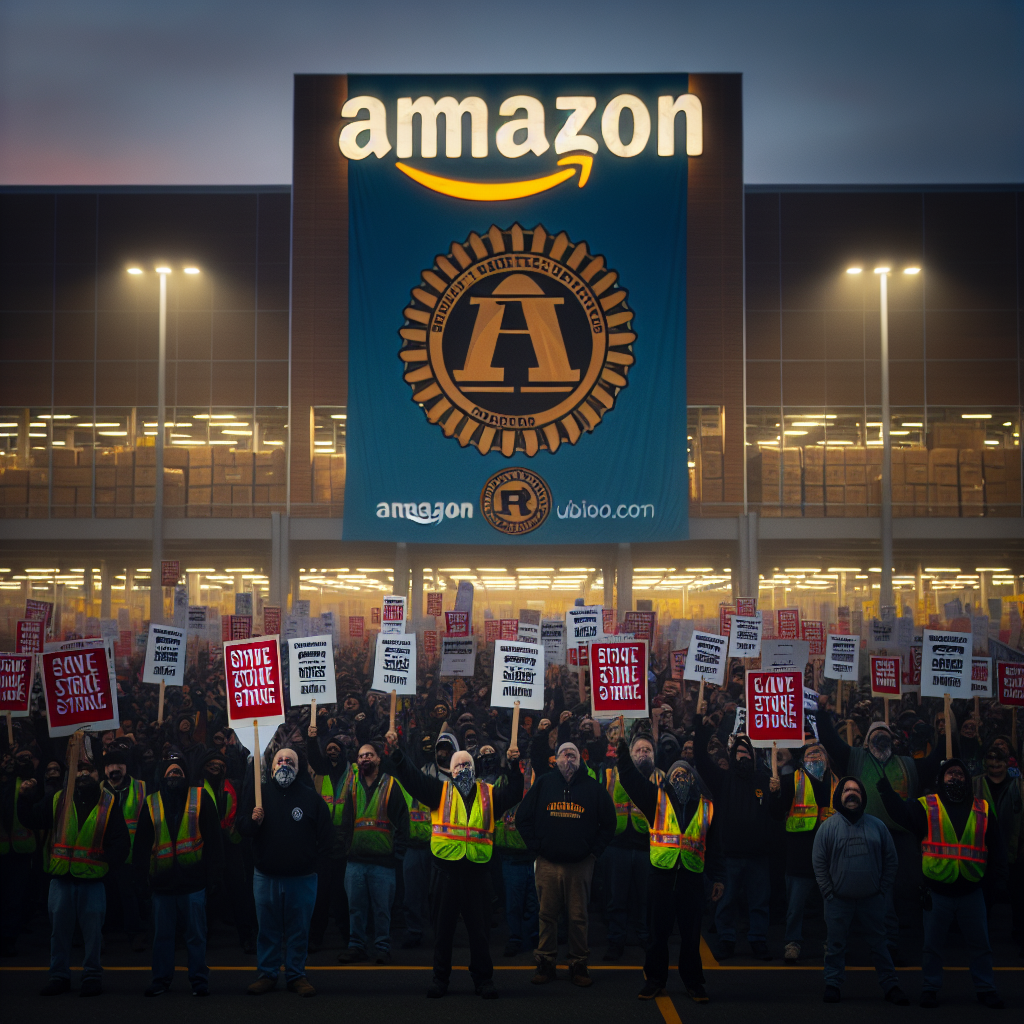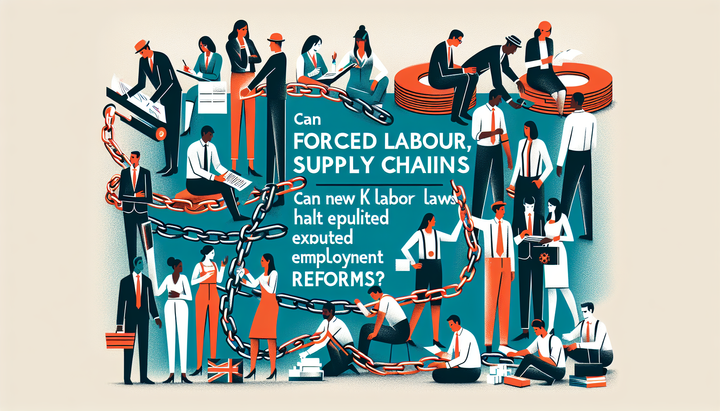Amazon Faces Historic Strike by Teamsters Union Amid Holiday Rush

Introduction
The holiday season, a crucial time for e-commerce giants, is seeing unprecedented disruptions as one of America's most powerful labor unions, the Teamsters, stages a significant protest against Amazon. This move comes amidst a period known for its high volume of logistical operations, posing a potential challenge to Amazon's ability to maintain its delivery commitments.
Strike Details and Union Demands
The Teamsters union announced a walkout at seven Amazon facilities in the United States, following Amazon's refusal to negotiate a labor contract. These facilities are part of a vast network where Amazon employs approximately 800,000 people. The strike is described as the "largest" in US history involving the tech giant, with demonstrations extending to hundreds of other locations, presenting a coordinated effort not just domestically but also internationally.
Amazon delivery drivers involved in the strike are demanding recognition from the company, accusing it of illegally neglecting to negotiate collectively concerning pay and working conditions. This demand underscores the longstanding tension between Amazon and labor organizations over worker rights and unionization acknowledgment.
Amazon's Response
Amazon has dismissed the union's portrayal of the situation, emphasizing that the striking individuals are not direct employees of Amazon but are instead affiliated with third-party delivery firms. This claim by Amazon adds a layer of complexity, suggesting an entangled legal controversy over the nature of employment and responsibility.
The company reassures its service users that there would be minimal disruptions to its delivery services. However, the potential impact on holiday deliveries remains a pressing concern for consumers, especially with Teamsters’ ongoing mobilization efforts.
Historical Context and Union Efforts
The Teamsters union, with more than one million members, carries a rich tradition of securing favorable labor contracts for its constituents, notably winning contracts with major firms like UPS. Their campaign at Amazon predominantly involves drivers employed by third-party entities working with Amazon, reflecting a strategic choice to indirectly exert pressure on the retail giant.
Significantly, Amazon’s opposition to unionization efforts has faced scrutiny, particularly as it remains one of the largest employers in the country with extensive influence in labor market dynamics. A crucial victory in Staten Island, New York, where labor officials ratified a union victory for Amazon employees, marks a pivotal point in these ongoing labor disputes, although contract settlements have been slow.
Broader Implications and Conclusion
This strike takes place against a backdrop of increasing pressures on businesses to reassess labor relations and conditions, particularly in high-demand periods like the holidays. Amazon's existing criticism regarding working conditions has escalated, amplifying the voices of labor activists seeking equitable negotiations in one of the world's most influential e-commerce companies.
The developments at Amazon are indicative of a larger labor narrative unfolding across corporate America, where powerful unions like the Teamsters are striving to redefine employee rights and collective bargaining influences. As these proceedings continue, stakeholders and observers are watching closely to see how Amazon will navigate this evolving labor landscape.



Comments ()